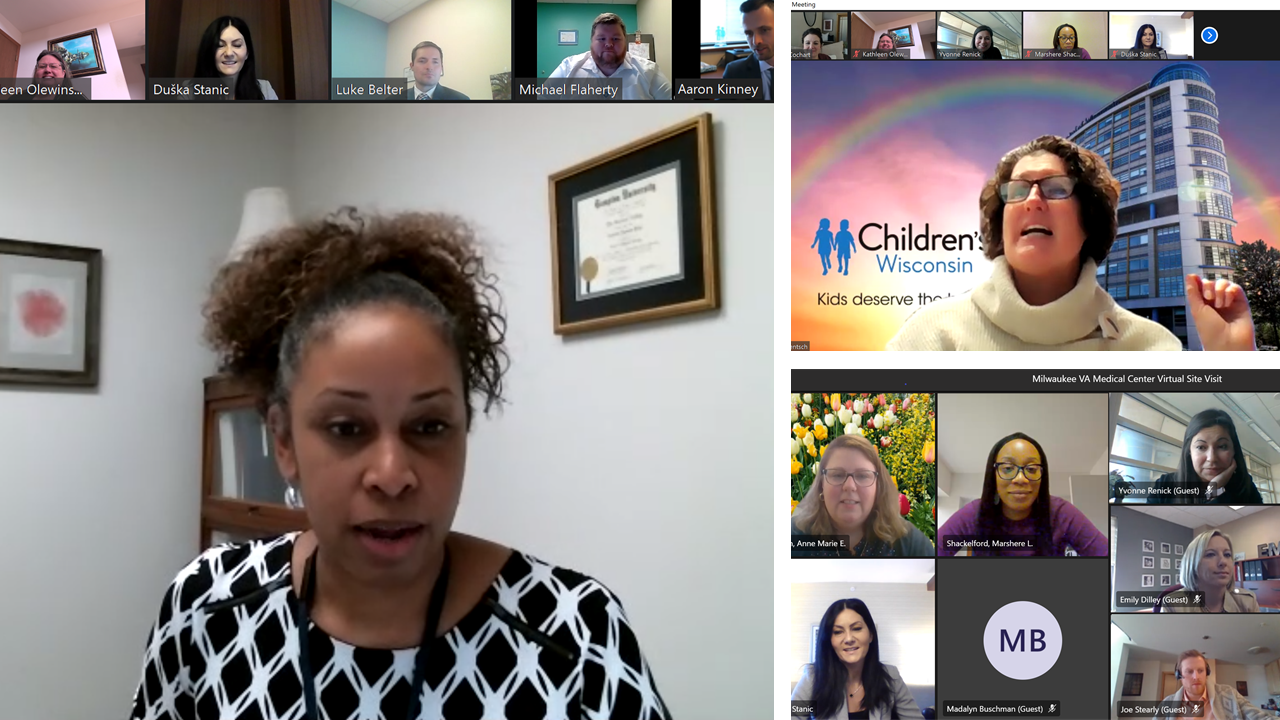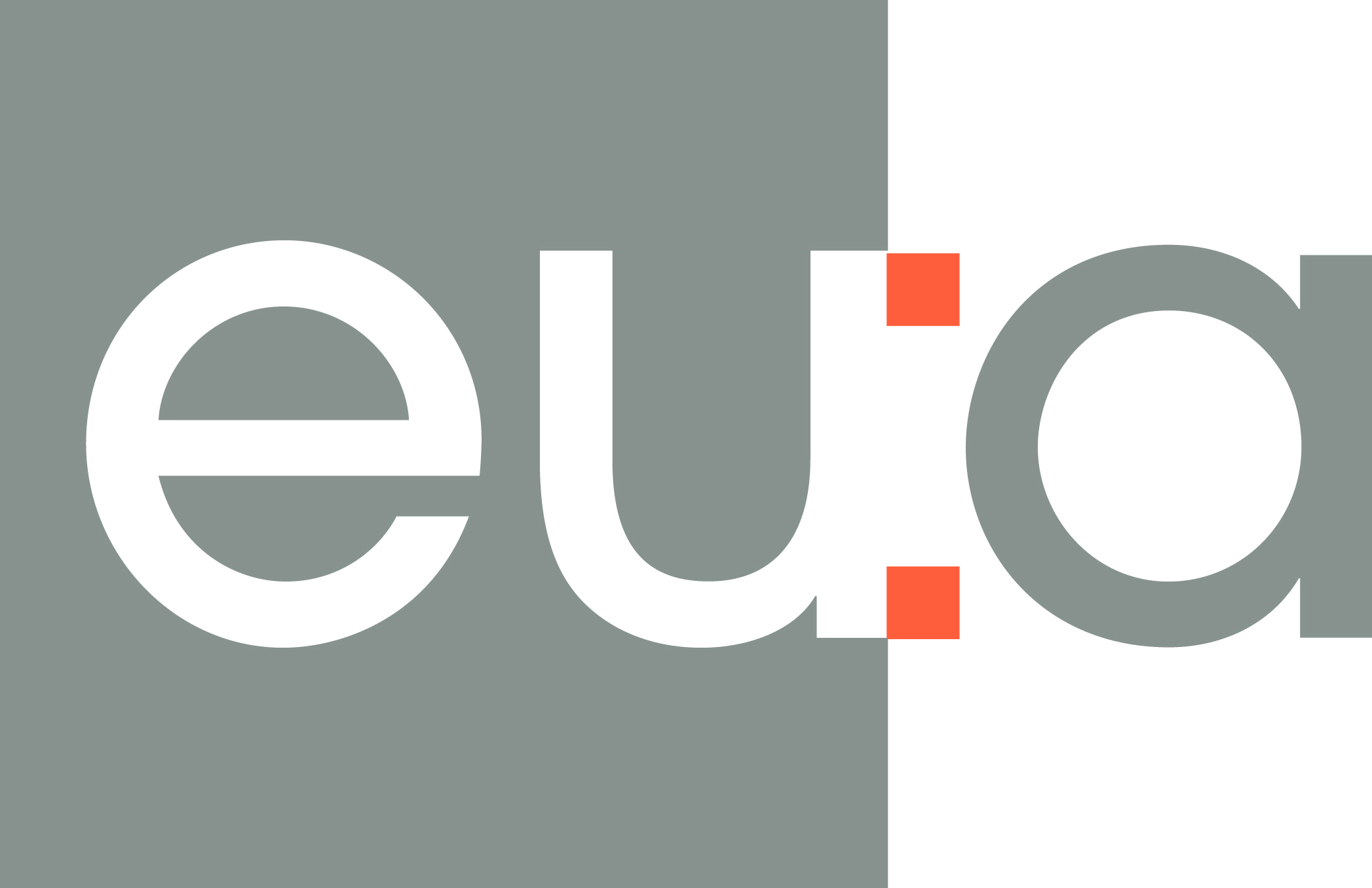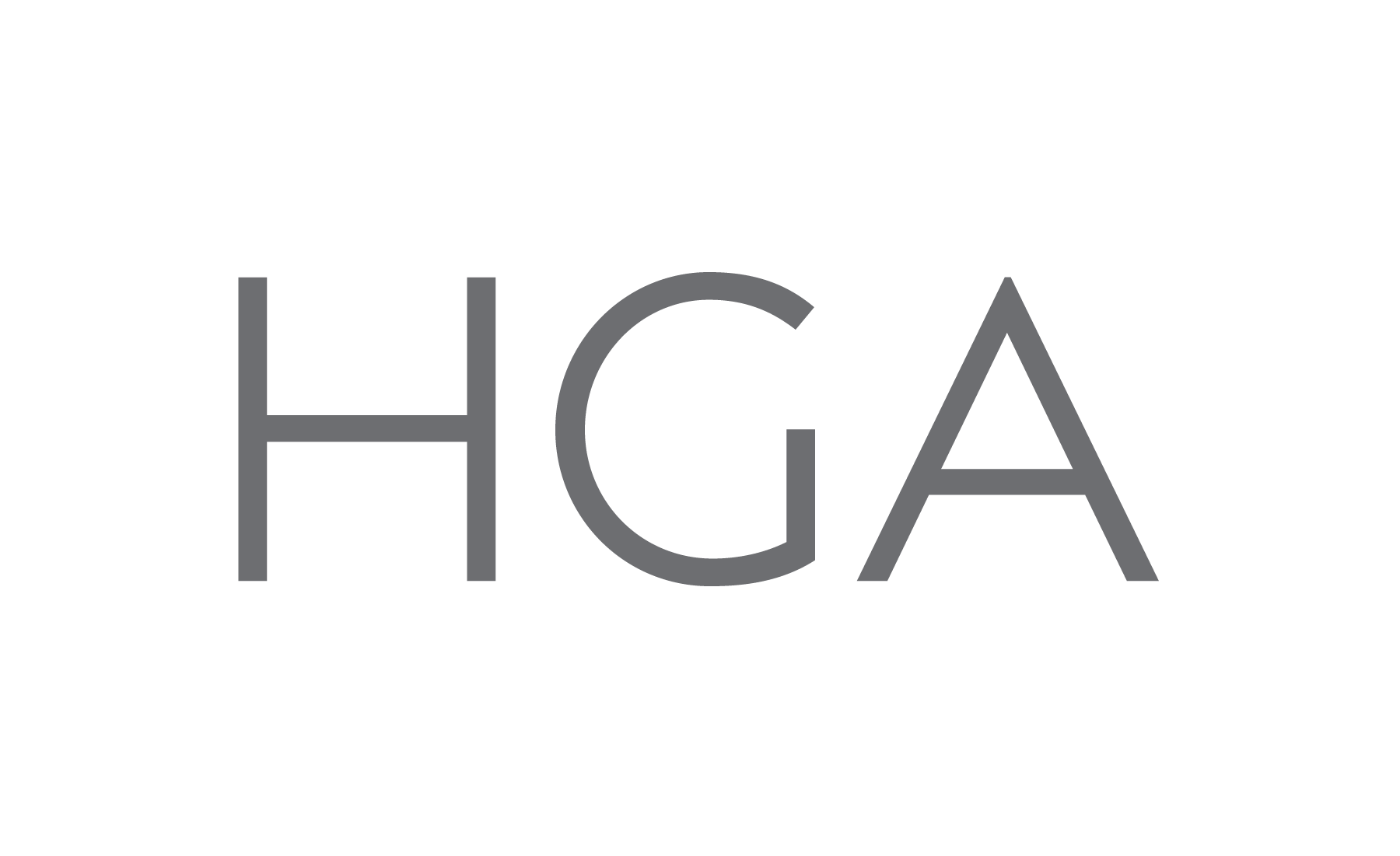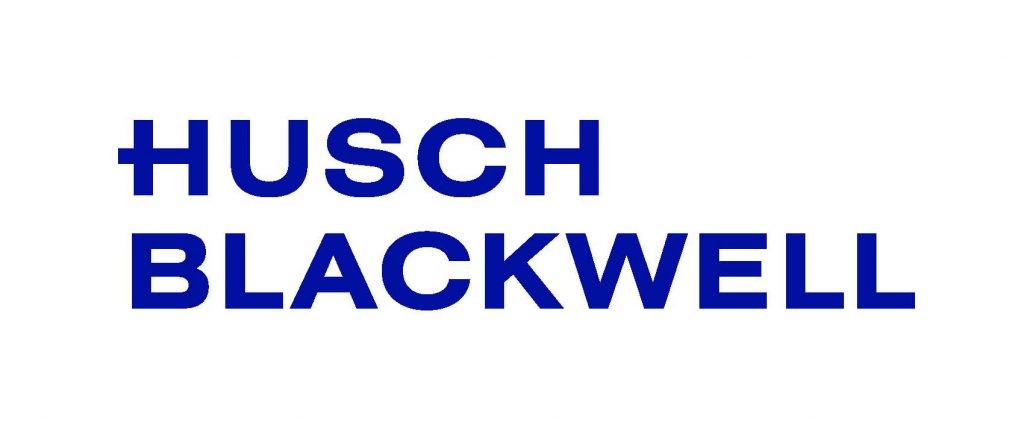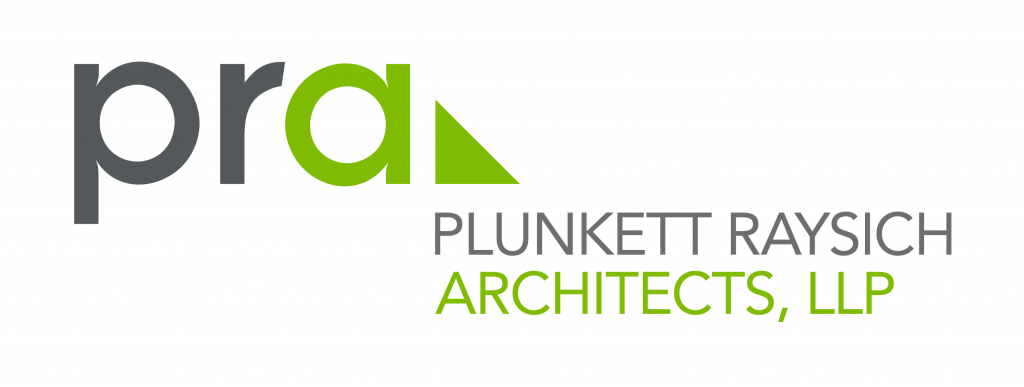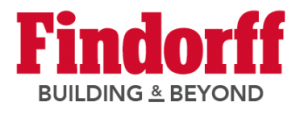If building their careers is a priority and not just wishful thinking, executives can consider starting every year knowing what they want to put on their resumes at the end of the year. When I share this advice with my staff, it is often met with a perplexed look, as those on the receiving end wonder if the CEO just told them they will need to be looking for a new job. The truth is quite the contrary. I offer this coaching advice to my most promising, up-and-coming or seasoned executives.
Careers are built on a series of accomplishments. The most powerful resumes are not a list of jobs held but, rather, a series of accomplishments achieved while in those positions—metrics progressed, programs built, market share gained and margins improved. Hiring managers want to see those accomplishments become progressively greater in scale and scope as well as complexity. Here is the twist: The same is true for performance reviews, raises and internal promotions.
I will take a risk on promoting a promising individual who has demonstrated a consistent drive and capability to get things done. I will likely not promote executives who have simply managed their areas of responsibility but have not taken it to the next level. This holds true even if they met their numbers, managed through crisis, successfully handled complex human resource issues and kept the lights on. That is all good. We need a lot of people who can do that; however, it is not my goal to prove the merits of the “Peter principle.”
One of the most impactful check-ins is a periodic progress report at a regularly scheduled meeting of key members of the leadership team.
Individuals may believe they deserve a promotion (e.g., “I have been a director for 10 years, and I deserve to be a VP!”). Unless they can demonstrate the ability to deliver tangible results and benefits for an organization beyond their current position, however, individuals should not be promoted.
Setting and Tracking Goals
There are numerous factors to consider when crafting annual goals. Making the goal a derivative of an organizational strategy, an interest of the executive’s direct supervisor, one that is shared with other executives or one that requires resources wholly contained within the executive’s area of responsibility are excellent options. Garnering required resources and support is more easily achieved when the goal incorporates these considerations.
Executives should know the metrics or impactful qualitative outcomes they want to achieve upfront. It’s also helpful to visualize the accomplishments derived from goals on their resumes. Then, individuals can ask themselves whether those achievements will be impressive on their annual performance reviews or to a hiring manager, regardless of whether a job search is in their career plans.
Executing Goals
First, executives are encouraged to communicate goals to stakeholders who will hold them publicly accountable. Second, delegate responsibilities to stakeholders with clear expectations, specific milestones and regular check-ins. One of the most impactful check-ins is a periodic progress report at a regularly scheduled meeting of key members of the leadership team.
Third, engage a peer who also has an interest in this goal. Share the journey. And fourth, make sure no significant resources beyond what is built into the annual budget are needed. Promises for additional resources evaporate quickly when finances get strained.
It has been all hands on deck as healthcare organizations absorb shifting government recommendations, institute policies and procedures for safety, procure adequate personal protective equipment, build testing capabilities, and care for COVID-19 patients, all while managing steep financial losses. A key for leaders is managing these day-to-day issues while keeping their goals top-of-mind and steadily progressing throughout the year.
Whether a job search is on the horizon or not, driving toward accomplishments that merit inclusion on their resumes will keep leaders focused on their career and perhaps even optimistic as they head into a performance review.
–Adapted from “Accomplishments Build Careers,” Healthcare Executive, Alan S. Kaplan, MD, FACHE, CEO, UW Health, Madison, Wis.
